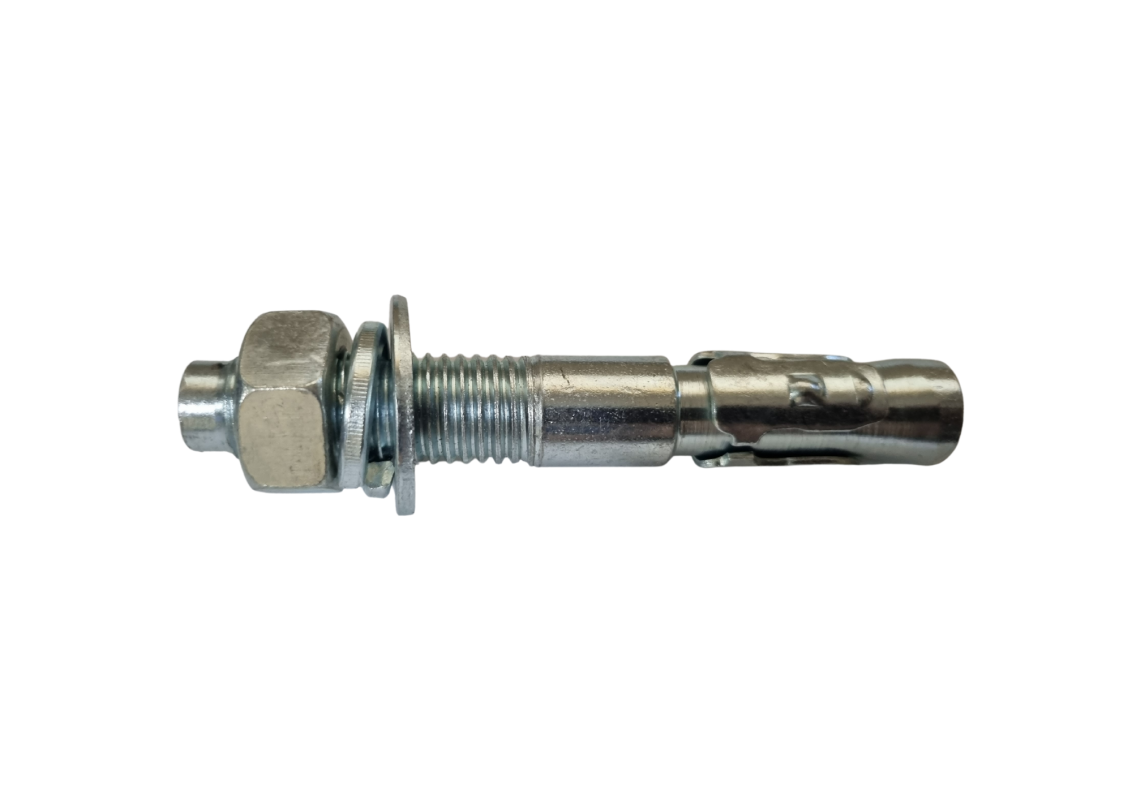Spare Parts
What Are Car Hoist Anchor Bolts? A Full Guide
When it comes to installing a car hoist, safety and stability are crucial. That’s why the proper use of anchor bolts is key for a secure setup. In this guide, we’ll explore the critical role anchor bolts play in car hoist installations, the various types of anchor belts available, and provide some tips and best practices for effective installation. By following these guidelines, you can ensure a safe and reliable automotive workspace.
What Are Car Hoist Anchor Bolts?
Car hoist anchor bolts are heavy-duty fasteners designed to secure the hoist to the concrete floor, providing the foundation for the entire lifting system. These bolts create a stable connection between the hoist’s columns and the concrete surface, preventing movement during operation and ensuring the safety of both the vehicle and the mechanics working underneath.
Types of Car Hoist Anchor Bolts
Various types of anchor bolts are commonly used in car hoist installations, each with its unique features and advantages:
- Wedge Anchor Bolts: These bolts consist of a threaded stud with a wedge-shaped end. When tightened, the wedge expands, securing the bolt firmly in the concrete.
- Sleeve Anchor Bolts: Sleeve anchors have a cylindrical body with a cone-shaped end. As the nut is tightened, the sleeve expands, creating a strong bond with the concrete.
- Expansion Shield Anchor Bolts: These bolts feature a split expansion shield that expands when the nut is tightened, providing a secure connection to the concrete.
Importance of Proper Anchor Bolt Installation
Ensuring Stability and Load-Bearing Capacity
Proper installation of anchor bolts is crucial to maintaining the stability and load-bearing capacity of the car hoist. A secure connection prevents the hoist from shifting or tilting during operation, reducing the risk of accidents and injuries.
Preventing Movement and Shifting
Anchoring the hoist firmly to the concrete floor minimises any movement or shifting that may occur when lifting heavy vehicles. This stability is essential for ensuring precise and controlled movements during automotive maintenance tasks.
Mitigating the Risk of Accidents and Injuries
A properly anchored car hoist significantly reduces the risk of accidents caused by unstable or shifting equipment. By following correct installation procedures, you create a safer working environment for yourself and your team.
Factors to Consider When Choosing Anchor Bolts
Load Capacity and Weight Rating
Select anchor bolts that can handle the weight capacity of your car hoist, including the maximum load it will support. Always check the manufacturer’s guidelines for the recommended anchor bolt specifications.
Material and Corrosion Resistance
Opt for anchor bolts made from materials that offer excellent corrosion resistance, especially if your workshop environment is prone to moisture or chemical exposure.
Environmental Factors
Consider environmental factors such as seismic conditions if your location is in an earthquake-prone region. Choosing anchor bolts designed to withstand seismic forces is essential for maintaining the stability of the hoist.
Compliance with Local Building Codes and Regulations
Ensure that your anchor bolt installation complies with local building codes and regulations. Local guidelines may include specific requirements for anchor bolt depth, spacing, or load capacity.
What Bolts to Use on a Two-Post Car Hoist?
For two-post car hoists, the selection of anchor bolts is particularly critical due to the dynamic forces involved. These hoists have different weight capacities and lifting points, so choose bolts that match the manufacturer’s recommendations for your specific model.
Proper Installation Techniques for Car Hoist Anchor Bolts
Preparation and Inspection of the Installation Area
Before installing anchor bolts, inspect the concrete surface for any cracks, debris, or imperfections that could compromise the anchoring process. Clean the area thoroughly and remove any dust or loose particles.
Drilling and Placement of Anchor Bolt Holes
Use the appropriate-sized drill bit to create anchor bolt holes in the concrete. Ensure that the holes are deep enough to accommodate the full length of the bolts without bottoming out. Clean the holes of any dust or debris.
Installation of Anchor Bolts and Torque Specifications
Insert the anchor bolts into the holes and tighten them according to the manufacturer’s torque specifications. Avoid over-tightening, as this could damage the bolts or concrete.
Final Inspection and Load Testing Procedures
Once the anchor bolts are installed, conduct a final inspection to verify their secure attachment to the concrete. Perform load testing with a small load before using the hoist for heavy lifting tasks.
Car Hoist Anchor Bolts: Safety and Reliability
Properly installed anchor bolts are the foundation of a safe and stable car hoist setup. By understanding the types of anchor bolts available, considering essential factors when choosing bolts, and following correct installation techniques, you can ensure the reliability and safety of your car hoist.
Remember, never compromise on safety. If you have any doubts about the installation process, AAQ can provide professional guidance to help ensure a secure working environment for you and your team.
Shop the full range of Two Post Hoists, Four Post Hoists, Scissor Lifts, Spare Parts, and more from AAQ today, or get in touch and let our friendly team help you find the right product for your automotive workspace.

